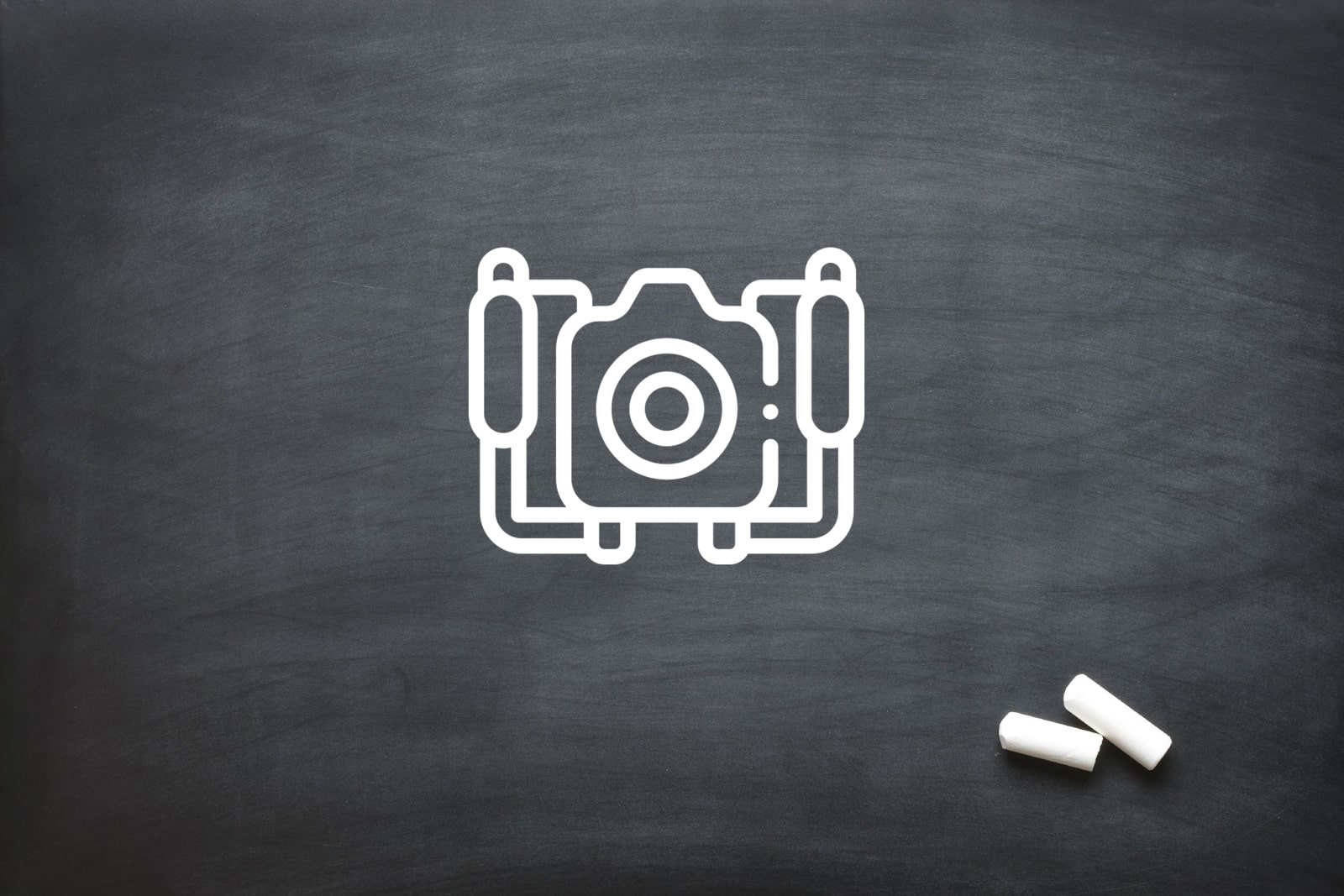
Experimental Techniques in Creative Video
In the fast-evolving world of creative video productions, filmmakers and content creators are constantly seeking innovative methods to enhance storytelling. These experimental camera techniques not only capture attention but also deepen engagement, allowing audiences to experience narratives in visually compelling ways. Studies have shown that videos incorporating dynamic and unconventional camera work increase viewer retention and emotional connection, making them an essential tool in modern filmmaking.
As audiences grow increasingly accustomed to polished, high-quality content, leveraging techniques such as drone cinematography, gimbal stabilisation, POV filming, and VR is becoming vital for creators aiming to differentiate their work. Creative video productions that integrate these methods effectively are more likely to resonate with viewers and create memorable visual experiences.
Drone Cinematography: Elevating Perspectives
Drone cinematography has transformed aerial storytelling, offering perspectives previously impossible or cost-prohibitive to achieve. Filmmakers in South Africa adhere to SACAA regulations, requiring Remote Pilot Licences and strict compliance with safety rules. Commercial drone operators must maintain minimum distances from people and property while flying during daylight, ensuring both safety and legal compliance.
Integrating drone footage with ground-based shots enhances cinematic storytelling by providing establishing shots, sweeping landscapes, and dynamic transitions. For example, a corporate video might begin with a drone shot showcasing the company premises from above and seamlessly transition to detailed indoor footage, giving audiences a complete sense of space and scale. Expert cinematographers often emphasise that drone shots are most effective when carefully planned to complement the narrative rather than simply adding spectacle.
Gimbal & Stabiliser Techniques: Achieving Smooth Motion
Gimbals and stabilisers are essential tools for creating smooth, flowing motion, particularly in dynamic tracking shots or immersive sequences. They minimise camera shake and allow for fluid movement, making handheld footage appear polished.
Key practices for effective gimbal use include:
- Balancing the camera properly on the gimbal to prevent motor strain.
- Practising slow, deliberate movements for cinematic results.
- Maintaining proper posture and body alignment during filming.
- Using stabilisation to execute long takes or POV shots seamlessly.
When implemented correctly, gimbal techniques can transform otherwise shaky footage into professional-quality cinematic sequences. They are especially valuable in creative video productions that involve moving subjects or require a first-person perspective, ensuring the audience remains fully immersed in the scene. Professionals often recommend pairing gimbal use with pre-planned camera paths to maximise fluidity and storytelling impact.
POV Filming: Immersing the Audience
Point-of-view (POV) filming allows audiences to see events through the perspective of a character or object, creating an intimate and immersive experience. Body-mounted cameras, wearable rigs, or GoPros are commonly used to achieve authentic first-person perspectives.
Successful POV sequences rely on careful planning, including storyboarding and ensuring smooth transitions. Motion must be controlled to prevent disorientation, as excessive shakiness can disrupt viewer engagement. When applied thoughtfully, POV filming is effective in action sequences, training videos, and creative video productions designed to convey a strong emotional or narrative connection.
360° & VR Camera Filming: Expanding the Narrative Horizon
360° and VR filming techniques enable fully immersive storytelling, allowing viewers to explore scenes interactively. They are increasingly used in marketing, training, and experiential projects, providing audiences with an unprecedented level of engagement.
Best practices for filming 360° content include:
- Minimising stitch lines between lenses for seamless visuals.
- Ensuring consistent lighting across the entire scene.
- Avoiding obstructions that could block the field of view.
- Planning movement within the 360° space to guide viewer attention.
Filmmakers must approach 360° projects differently than traditional video. Spatial composition, narrative pacing, and viewer guidance are crucial to creating a coherent experience. Expert VR creators stress the importance of interactive cues and editing techniques to maintain audience focus and prevent fatigue, making 360° video a powerful addition to high-quality creative video productions.
Time-Slice & Bullet-Time Techniques: Freezing Time
Time-slice or bullet-time filming involves capturing a subject from multiple cameras simultaneously, producing the illusion of frozen action while the camera moves around the scene. This technique, widely recognised from iconic films, requires careful synchronisation and camera placement to maintain visual continuity.
By arranging cameras in an arc or full circle and synchronising shutter timing, filmmakers can capture stunning slow-motion sequences that emphasise movement, impact, or dramatic tension. In creative video productions, time-slice techniques are often used in action, sports, or experimental videos to give audiences a sense of awe and highlight key moments from multiple angles.
Rack Focus & Motion Blending: Directing Attention
Rack focus allows the filmmaker to shift focus from one subject to another within the same shot, guiding the viewer’s attention and adding depth to the narrative. When combined with moving rigs like gimbals or drones, it produces dynamic, visually rich sequences.
Understanding depth of field and synchronising focus pulls with camera movement is essential to maintaining coherence. Creative video productions that employ rack focus effectively can emphasise storytelling elements, create non-linear transitions, and subtly direct audience perception, enhancing the overall cinematic experience.
Miniature & Macro Motion Shots: Altering Perception
Miniature and macro filming techniques are used to make small objects or scenes appear larger than life, often producing a surreal or artistic effect. Motion-controlled dollies and macro lenses capture intricate details that would otherwise be missed.
Key considerations include:
- Using macro lenses to emphasise textures and fine details.
- Controlling lighting to create dramatic shadows and depth.
- Employing stabilisation to maintain shot precision.
- Incorporating motion control for smooth miniature camera moves.
When executed well, these techniques enable filmmakers to tell creative stories from a fresh perspective. Miniature and macro cinematography is particularly effective in creative video productions focused on product marketing, experimental narratives, or artistic exploration, providing audiences with engaging and unexpected visuals.
Handheld Extreme Angles & Movements: Breaking Conventions
Handheld filming with extreme angles, low or high viewpoints, and rapid movements can add urgency, tension, or disorientation to a scene. This approach often evokes strong emotional responses from viewers and is used strategically in action sequences, immersive documentaries, and other creative video productions.
Planning movements, maintaining stability, and limiting prolonged handheld shots are critical for maintaining viewer engagement. When used with intention, handheld extreme angles can intensify narrative impact and create a visceral connection between the audience and the story.
Partnering with Oliver Karstel Creative Agency
For high-quality creative video productions, collaborating with experienced professionals is essential. Oliver Karstel Creative Agency, based in Johannesburg and Pretoria, has over 10 years of experience producing industrial, commercial, and corporate videos. Their team specialises in health and safety videos, marketing campaigns, corporate storytelling, documentaries, training videos, and aerial/drone cinematography.
By leveraging their expertise, clients can elevate their projects with innovative camera techniques and professional production quality. Whether creating immersive POV sequences, dynamic drone footage, or experimental macro shots, Oliver Karstel Creative Agency ensures that every project communicates its message effectively while engaging viewers. We invite you to contact us to discuss your video production needs and see how we can bring your vision to life.






